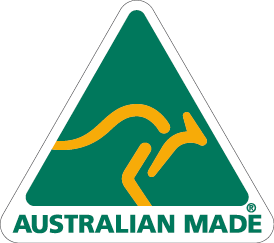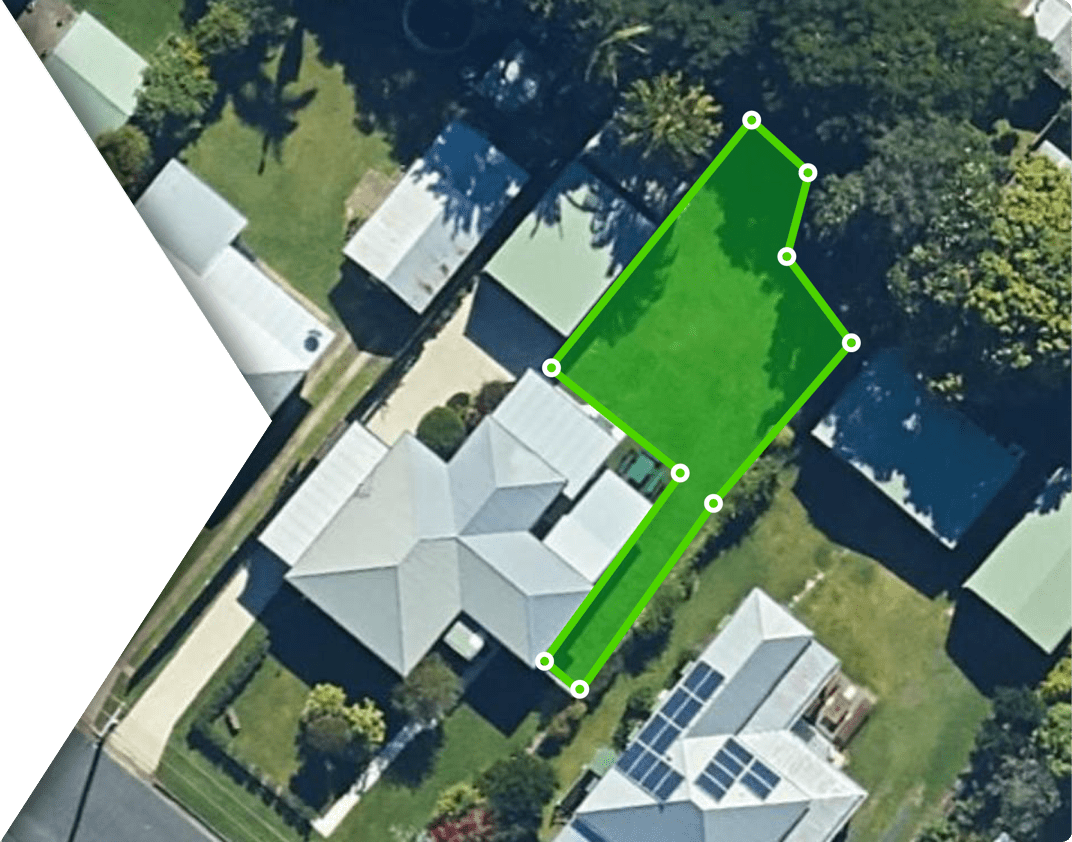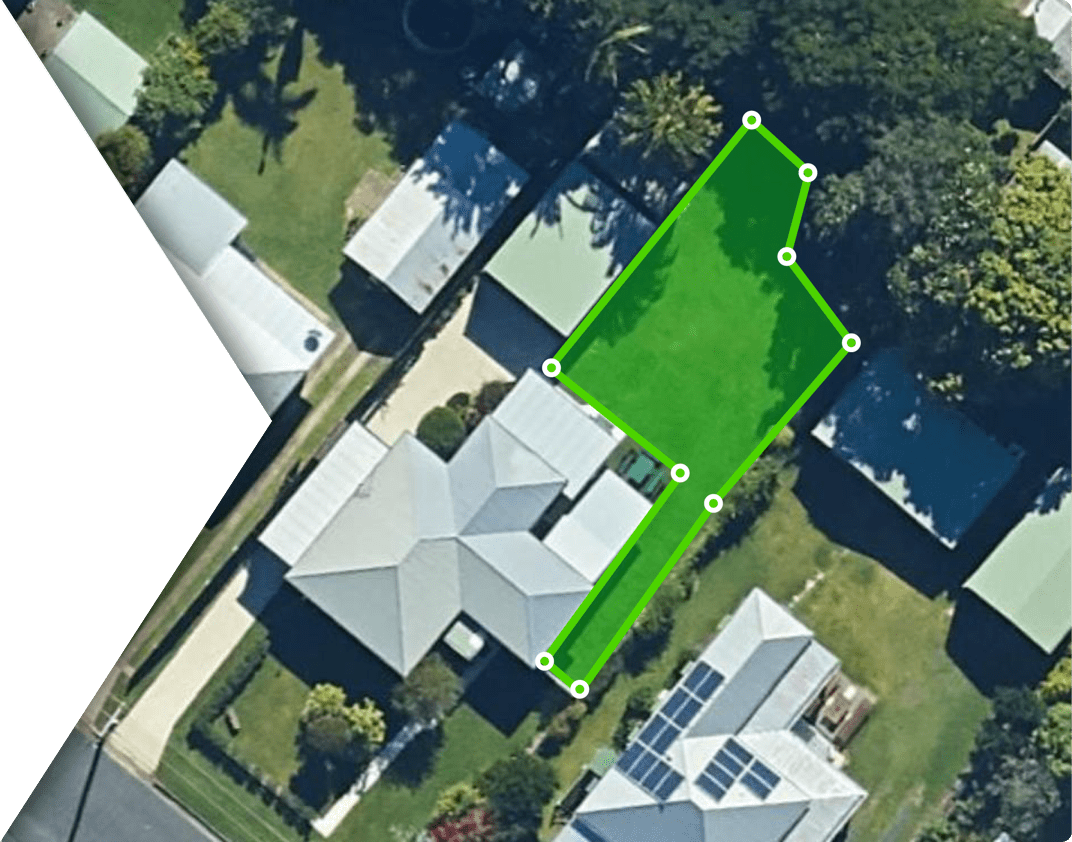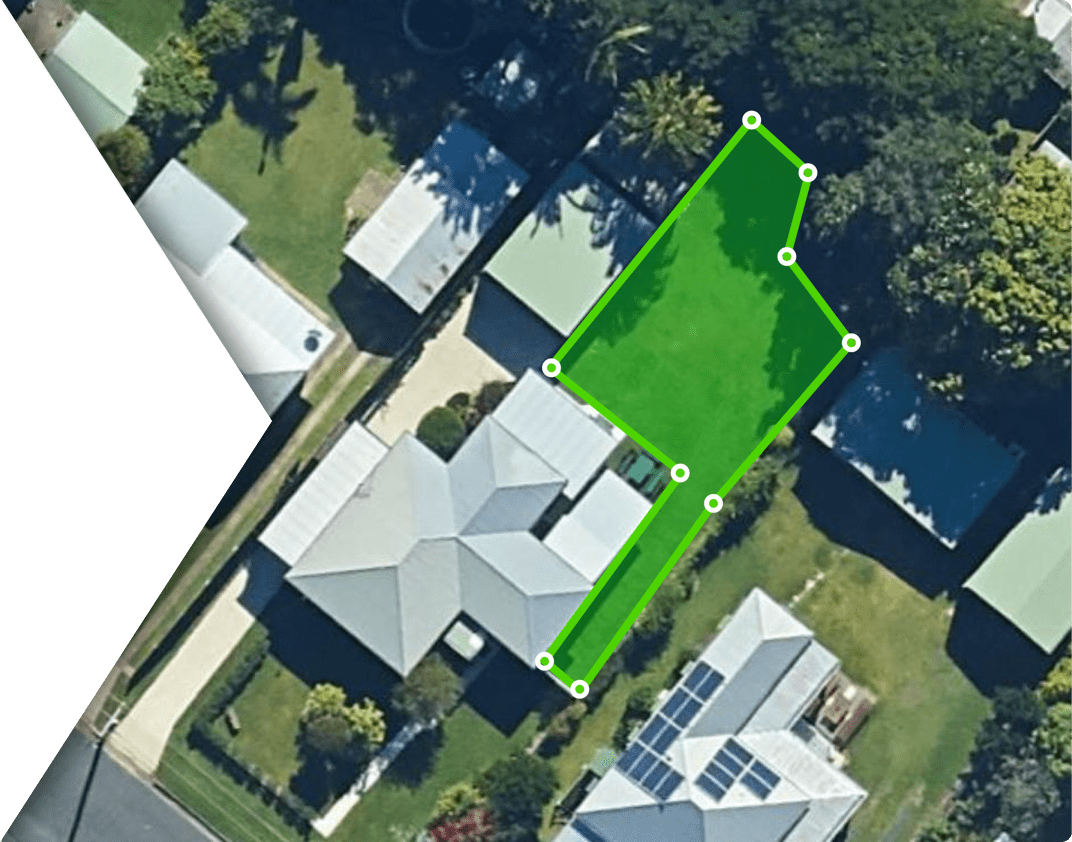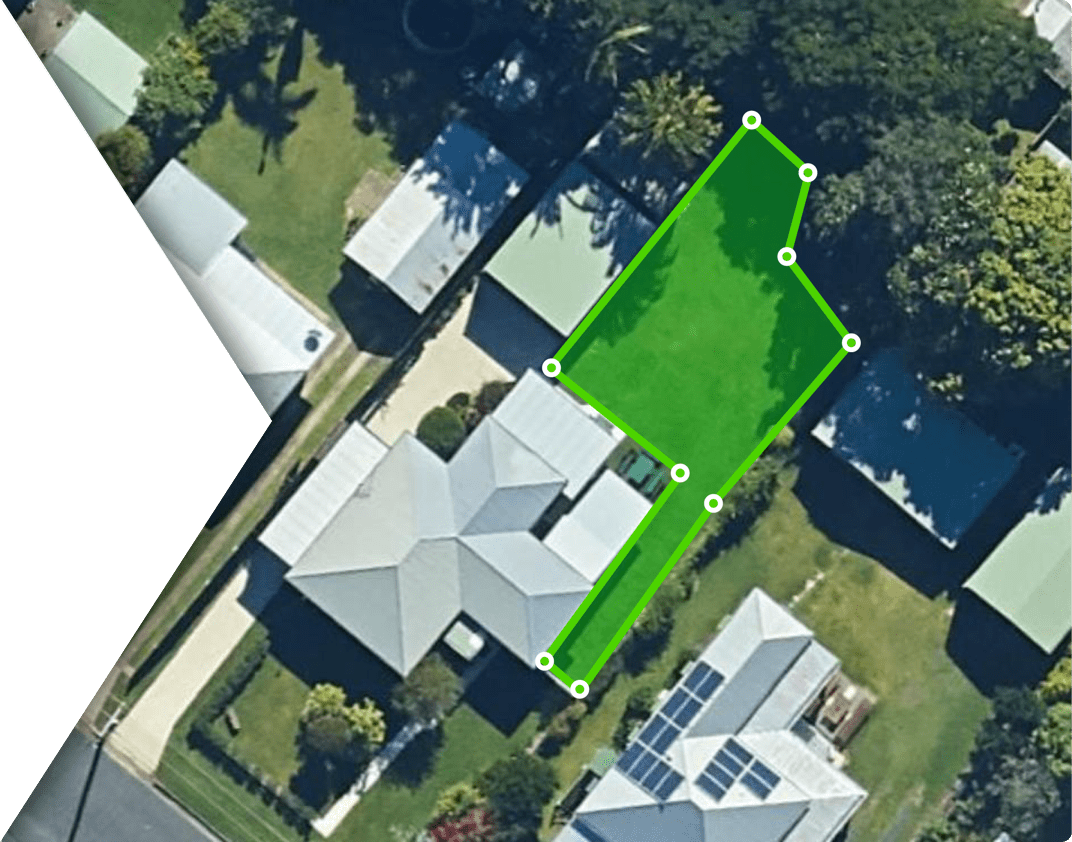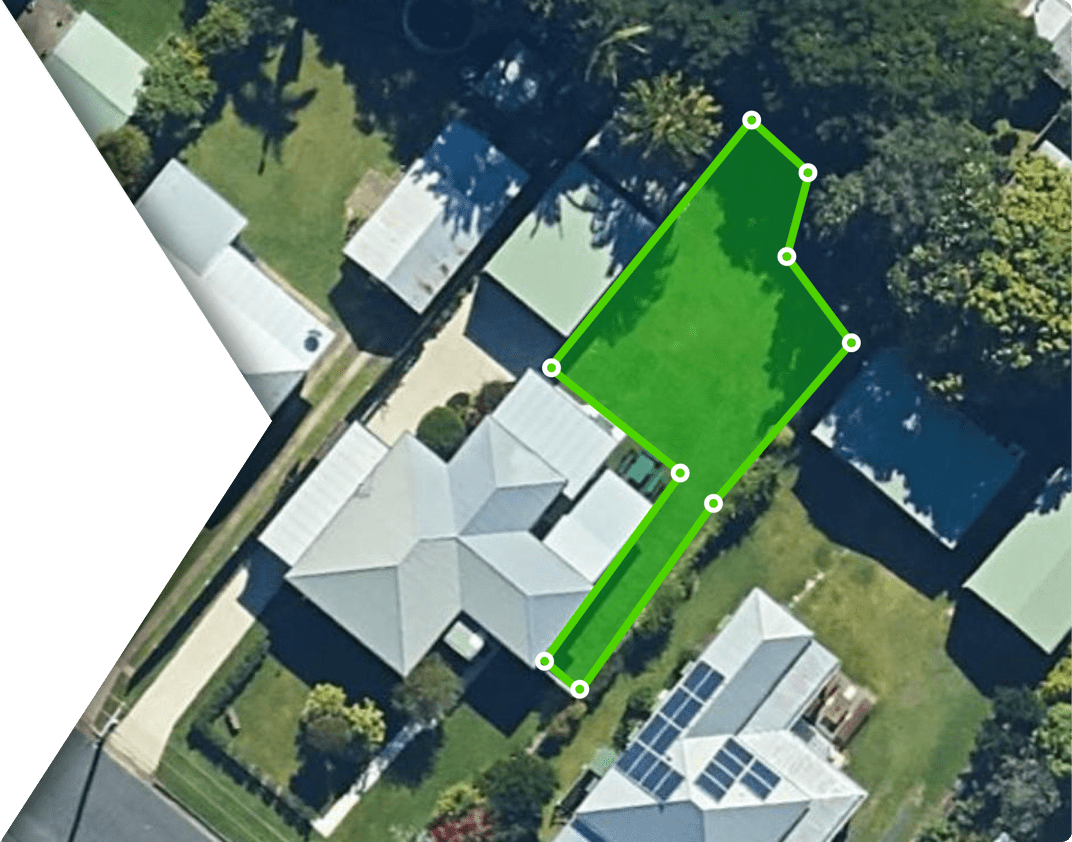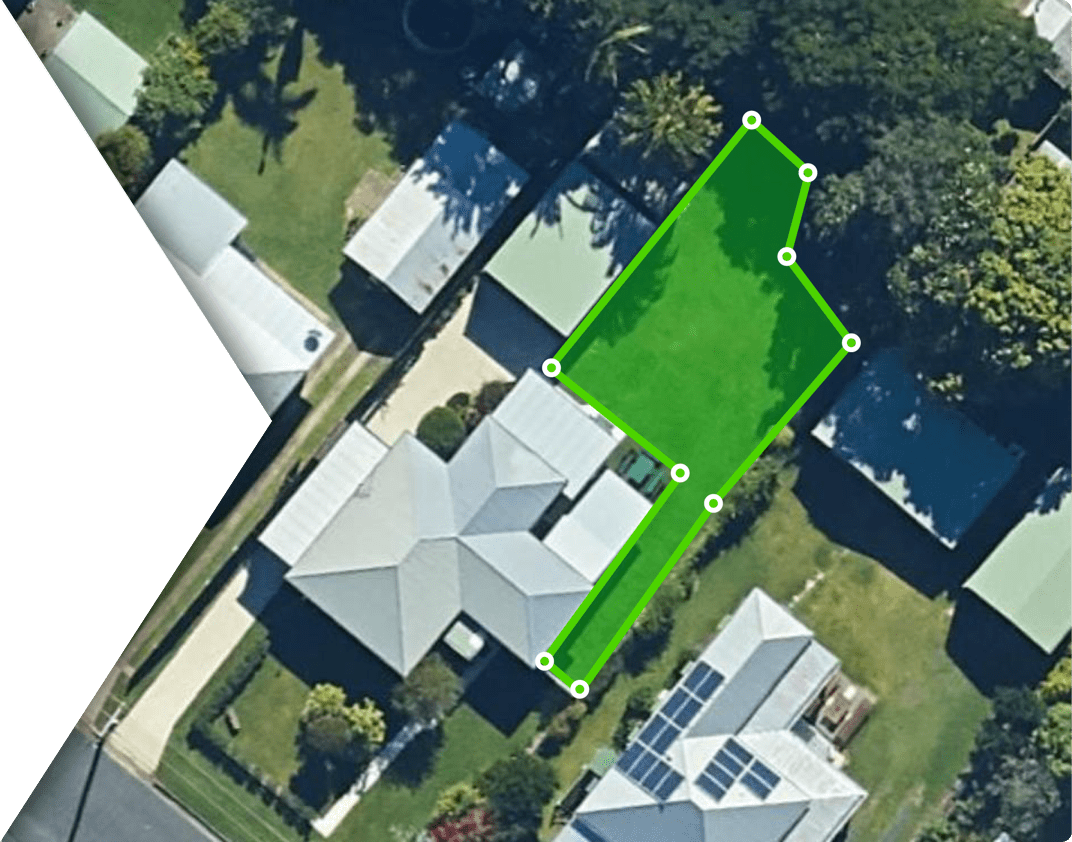SYNLawn DIY Care and Maintenance
For the majority of homeowners, a SYNLawn artificial turf installation is a considerable investment, and therefore requires a lot of care and maintenance to ensure that you get the most out of your lawn. As a result, take into account the following maintenance guidelines to help protect and care for your SYNLawn synthetic grass products. This will extend the turf’s lifespan as well as keeping the area looking its absolute best at all times.
Rainfall is the best faux turf cleaner, as well as the cheapest! However, if you live in an area where rain is a rarity, a quick spray with a water hose can eliminate dust or pollen that may be present.
For lightly soiled areas, a basic mixture of warm water with a 5% solution of a mild household detergent can work wonders! Simply sponge mop the affected spot and then rinse.
For areas that are more heavily soiled, use the above procedure before then sponge mopping the area with a 3% solution of household ammonia in hot water. When this has been completed, rinse the area thoroughly with warm water.
Although all SYNLawn artificial lawn products are considered extremely pet friendly, additional upkeep can help keep unfortunate pet waste-related odours to a minimum. Always allow solid waste to dry and then dispose. If regular rainfall is not common wherever you live, hose down the area on a habitual basis to promote the drainage of urine as well as to keep the surface hygienic and unsoiled. Depending on the number of pets you own, enzyme neutralisers can effectively limit and control odours. Neutralise with a homemade mixture of white distilled vinegar with an equal amount of water. After applying, wash thoroughly using a water hose.
The most important element to remember is promptness, since it is infinitely easier to clean up a fresh spill than to remove a stubborn blemish once it has dried, hardened, and “set in.” Solid or paste-like deposits can be removed with a plastic table knife or spatula, while excess liquids can be blotted up with paper towels, a clean cloth, or a dry absorbent, such as kitty litter or fuller’s earth. Dry absorbents can then be swept or vacuumed up afterwards.
The first group of cleaners, that can generally be applied without any special precautions, include the following:
- “Simple Green”, a bio-friendly cleaner. Follow the manufacturer’s instructions.
- A three (3%) percent solution of ammonia in water may be used in lieu of household detergent for more stubborn stains.
- Do not use cleaners that contain chlorine bleaches or caustic cleaners (ph above 9) or highly acidic cleanses (ph below 5).
- Rinse area thoroughly with clean cold water to remove any traces of soap or ammonia.
- Blot up excessive liquid.
A warm, mild solution of granular household detergent or any low sudsing detergent for fine fabrics. Use approximately one teaspoon to one pint of water. This will handle most waterborne stains including:
- Coffee
- Sauce
- Tea
- Butter
- Fruit juices
- Alcohol
- Vegetable juices
- Cola
- Milk
- Water colors
- Cocoa
- Latex paint
- Ice Cream
- Blood
- Mustard
- Urine
- Glue
- Dye
The second group of cleaners, where an agent must be applied sparingly and care taken to avoid penetration beneath the turf. Mineral spirits or a grease spot remover like perchlorethylene (dry cleaning solution) of the type sold by most variety stores and supermarkets. In general, cleansers in this category should handle most oil-based stains including:
- Asphalt and tar
- Chewing gum
- Cooking oil
- Shoe polish
- Floor wax
- Lipstick
- Motor oil & grease
- Paraffin wax
- Ballpoint ink
- Nail polish
- Suntan oil
- Crayon
SYNLawn’s synthetic grass fibres possess a high resistance to staining. However, it is still crucial to realise that they are only a single part of a multifaceted system that features various components that have been designed to offer optimal performance. In other words, while some cleaning agents are safe for the top fibres, these same products can also end up damaging the other components. Cleaning agents are consequently grouped into two sets, one of which can be used in liberal amounts directly on the turf surface, while the second should only be applied by rubbing a cloth lightly soaked in the cleaner, in order to minimise the saturation of potentially harmful agents below the turf’s top layer.
CAUTION – Mineral spirits and other petroleum-based solvents are flammable. Therefore, it is important that you never smoke or allow open flames near where solvent products are being employed. Only use solvents if the area is well-ventilated.
Tree sap and chewing gum can be removed via freezing. Aerosol packs of refrigerant are available from the majority of carpet cleaning suppliers, or dry ice can be used instead. After freezing, carefully scrape the offending substance away with a knife.
A 1% solution of hydrogen peroxide in water can be used on the affected area with a soft sponge. Afterward, methodically wash away with clean water.
These types of stains may require the use of a commercial carpet cleaner, so it is best to discuss which particular products are best to utilise on your lawn with on of our friendly SYNLawn staff, contact us, we are here to help.
The regularity for brushing is directly related to the amount of foot traffic the area encounters. The matting of fibres may occur in high-foot traffic areas, especially if they have become soiled with dirt or other airborne pollutants.
Periodic “cross brushing” of the turf can help restore its aesthetic appearance. “Cross brushing” means that all brushing activity takes place against the grain, nap, or sweep of the turf fibres. By brushing against the turf, the fibres are “fluffed up.” Always use a brush with synthetic bristles – never use a brush with metal or wire bristles, because they can inadvertently damage the fibres.
It is worth noting that the matting of turf fibres within heavier trafficked areas might appear different than in spaces that do not see large amounts of traffic. Brushing these areas is highly recommended as it will guarantee your SYNLawn turf a much fuller life while also cutting down on future maintenance. Brush your artificial grass as often as needed, keeping in mind that, the more traffic, the more frequent the brushing should be.
Although your SYNLawn synthetic grass is made of tough, durable fibres, certain precautions should be taken to prevent damage to your new lawn.
- Lite cigarettes cannot ignite the turf, but they can damage the turf by fusing the tips of the fibres together. Cigarettes, fireworks, and open flames should be kept away from the turf.
- Furniture and equipment with sharp or jagged edges should not be placed on turf as this may puncture or tear the turf.
- Never leave a parked vehicle idling on the turf.
- Cap off or remove nearby sprinkler heads. Water from sprinkler systems can leave mineral deposits on turf that may cause discolouration.
- Make sure turf is not exposed to reflected sunlight windows as this may fuse the turf fibres together.
SYNLawn artificial grass is designed to withstand our harsh Australian climate to normal surface temperatures of approximately 65-75C. If the temperature increases above melting point the turf fibres will begin to shrink and eventually disintegrate or melt completely. This can occur if sunlight is reflected off surfaces such as doors, windows, polished gutters, mirrors, reflective panels or any other surface which can reflect sunlight onto your turf.
To avoid this we recommend that, if possible, you avoid laying you turf directly up against a reflective surface by creating a 100cm border between them. Other suggestions include (again where possible) covering windows with a screen or awning, using non-reflective paint on shiny surfaces like gutters and drainpipes or adjusting the angle of any reflective panels or mirrors.
If the reflection is occurring from another building, you may need to find an alternative for that particular patch of affected area eg a soiled area with a small tree or plants, pebbled rocks or a pond.
Report any issues / problem
Minor problems can become major problems quickly if not corrected. Any problem should be reported promptly to your local SYNLawn representative.


